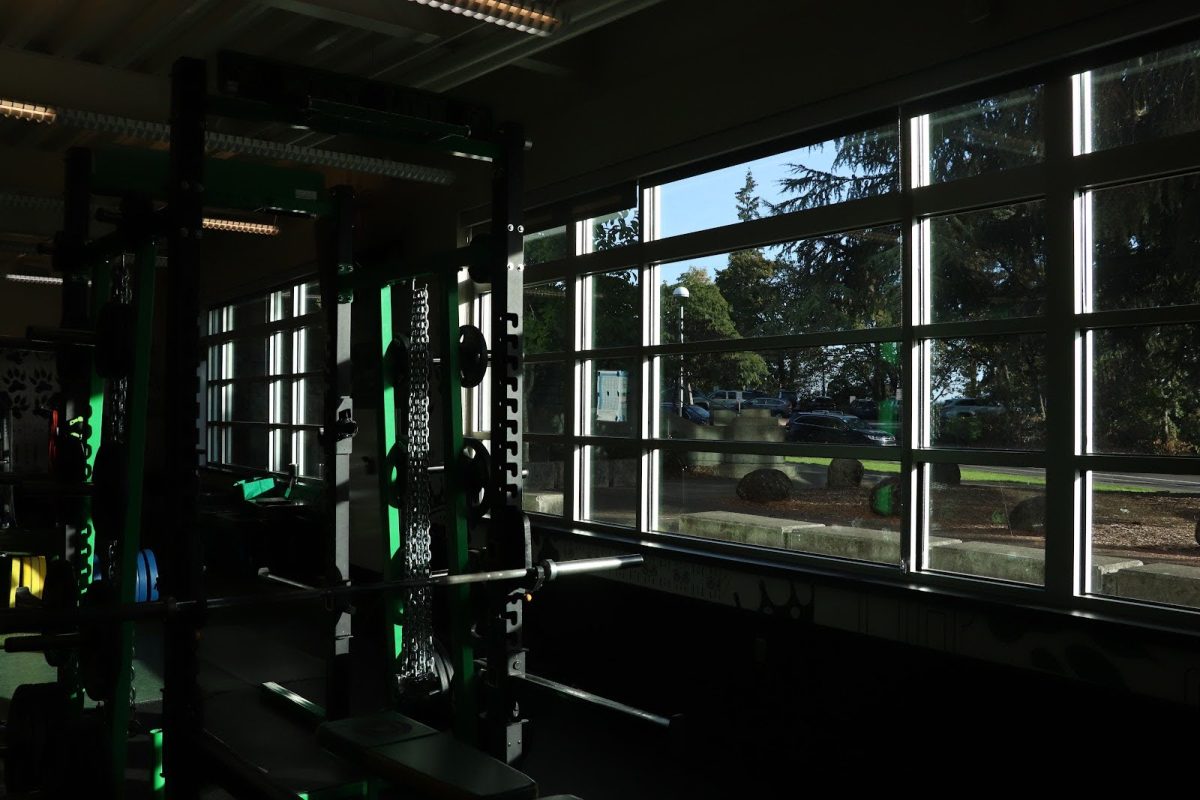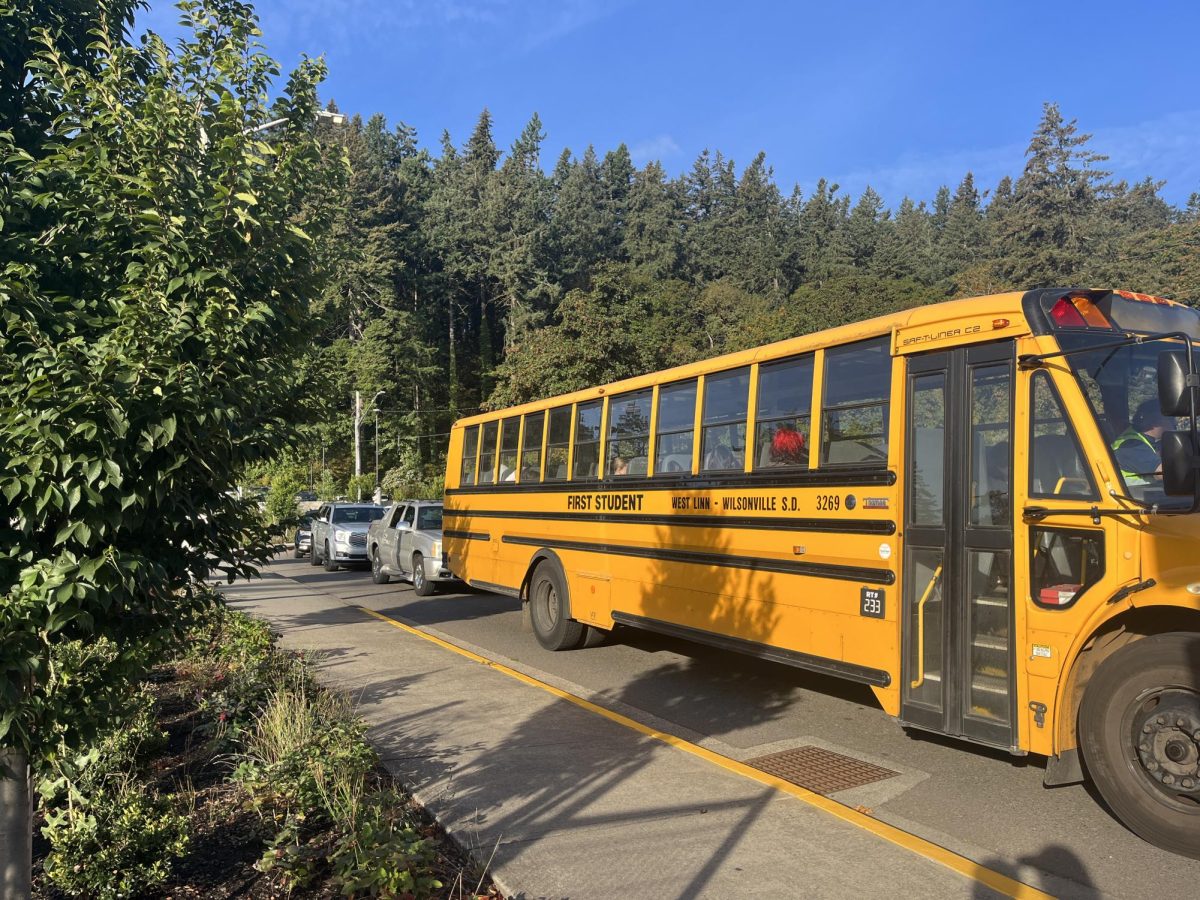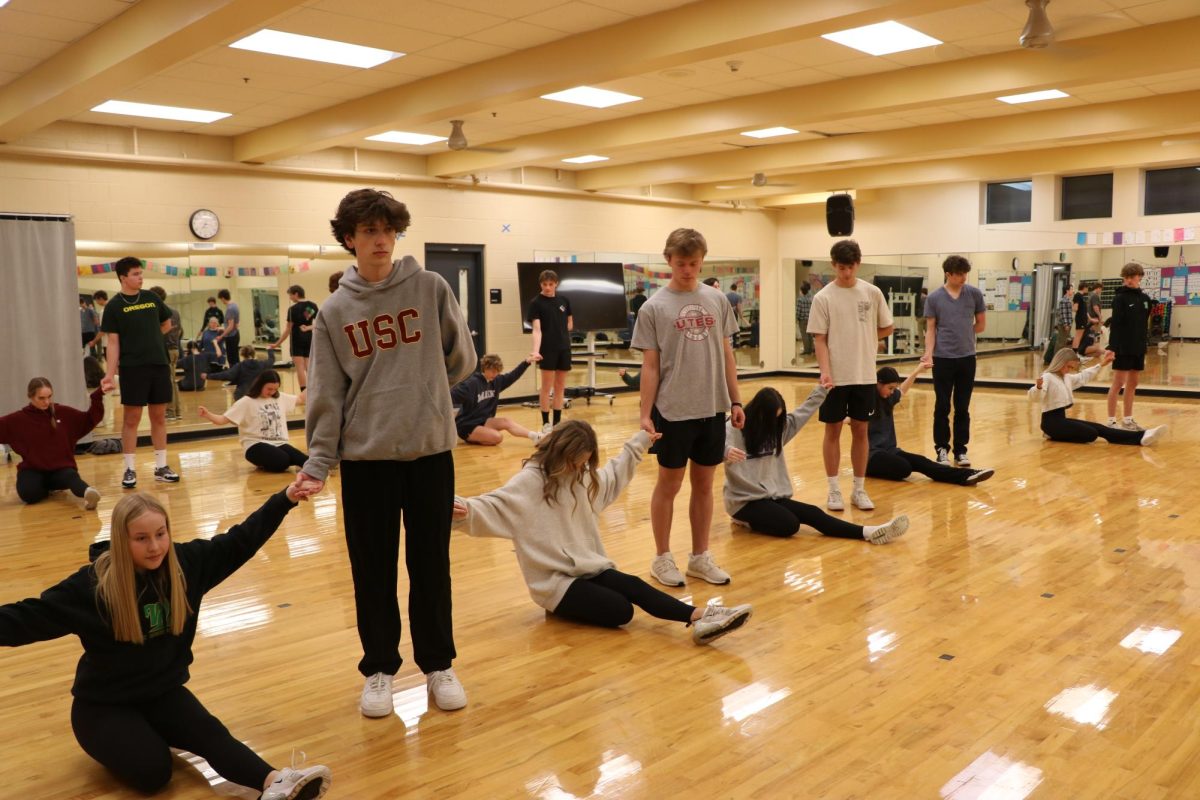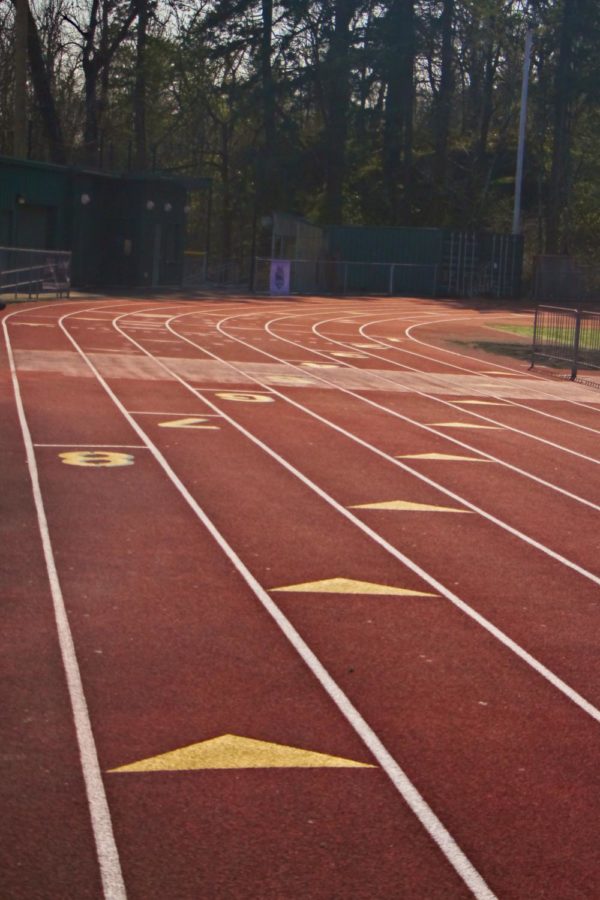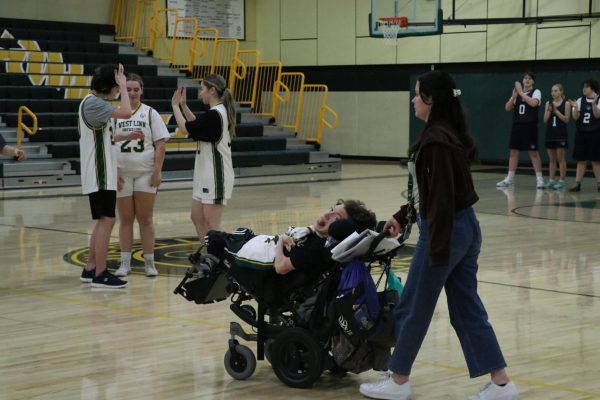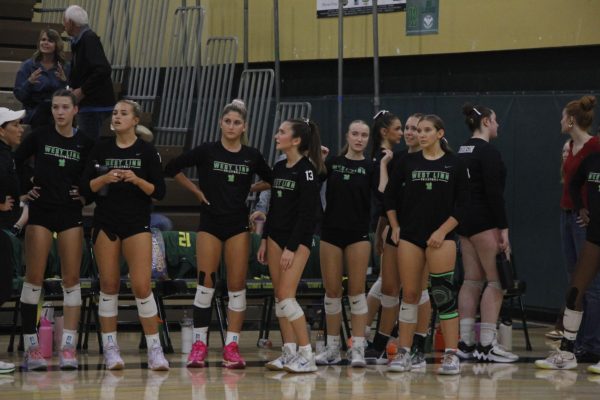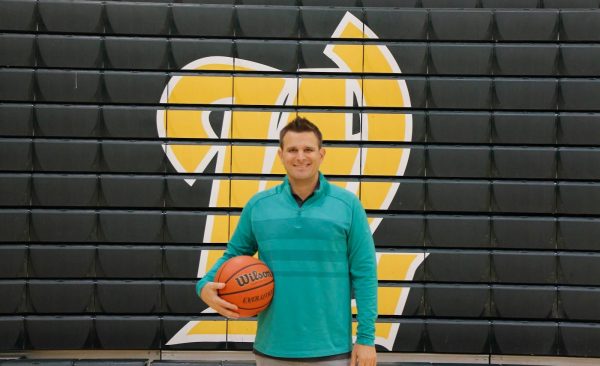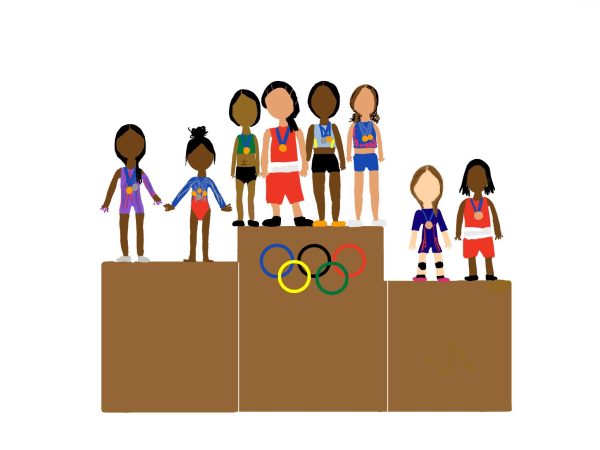Let’s crack down on the track
The amount of injuries that a track can cause is a lot, especially a track with not as much bounce and cushion.
Running tracks can last 20—30 years. That is, they can, if monitored frequently and used correctly. Proper upkeep may include preventing misuse by athletes, routine maintenance, and overall making sure the track is in good condition. A new track can keep it looking nice and new, enhance athletic performance, and prevent injuries.
Katie Colasurdo has been at the school as the athletic trainer for two years and in those years the track has not been modified.
“If you’re missing some of that nice responsiveness of a new track then you certainly are increasing the potential risk for higher incidences of injuries like shin splints and tendonitis and all those overuse things because there’s just less cushion for them to run off of,” Colasurdo said. “Also the coaches could pay closer attention to the loads and the stresses we’re putting on our athletes.”
Kaia Schmidt, senior, has been on the track team the past four years.
“Our track is very hard. It kind of feels like concrete,” Schmidt said. “Our track is definitely harder than other [school’s tracks].”
Schmidt runs great distances in the 1500, 800, and 4×4. Running for so long on such a hard surface can be damaging.
“I know some other people on the track team that have also been suffering from foot injuries,” Schmidt said. “I think it would benefit us all if we could get a remodel of our track as soon as possible.”
The amount of injuries that a track can cause is a lot, especially a track with not as much bounce and cushion. However, some runners prefer a harder track for their PRs. According to Runner’s World, “harder surfaces provide faster times, they are also a faster route to impact stress and overuse injuries.”
Typically, running spikes are advantageous in the world of track as they keep a good grip on the track. The more grip and traction, the faster one can run either long or short distances.
“We don’t usually wear our spikes on our home track just because we’ve gotten shin splints from it before, which isn’t unusual,” Schmidt said.
Anika Sukumar, senior, has been on the track team for four years. She does a few different events. She does triple jump, long jump, and the 4×100.
“I had to sit out briefly last year due to shin splints and then also I had something in my foot called plantar fasciitis,” Sukumar said. “There’s not really a lot of sitting out when it comes to our track team[‘s injuries]. It’s more like you work through it intermittently, which isn’t the best. I just kind of would take certain breaks from practice.”
Schmidt and Sukumar, both consider the track a danger to athletes’ physical health.
“It’s pretty hard, especially for longer distance workouts. And if we’re doing heavier conditioning, you definitely feel it because it’s a harder surface,” Sukumar said. “I wouldn’t say it’s great for physical health. It’s definitely, you know, usable and it’s not concrete. But it’s not the best surface if you were trying to keep yourself healthy.”
Athletes strive to do well in their races while also staying safe to continue competing, but without a safe track, that can be hard.
“I think it would benefit both [athletic performance and injury prevention] because athletic performance it would improve by having better material that’s more efficient, times are probably going to decrease and marks will increase if you have a better runway,” Sukumar said. “And then also if athletes are staying healthy for longer, they’re going to put up better marks as well.”
Following the stadium remodel, the track could be the next area to be updated.
“As soon as possible,” Sukumar said. “Ideally next year, I would say it’s a pretty immediate concern.”
Your donation will support the student journalists of West Linn High School. Your contribution will allow us to continue to produce quality content by purchasing equipment, software, and continuing to host our website on School Newspapers Online (SNO).

Paetyn Rector, sophomore, is a first year staff reporter for wlhsNOW. Outside of writing for wlhsNOW, Paetyn is passionate about tennis, volleyball, creative...

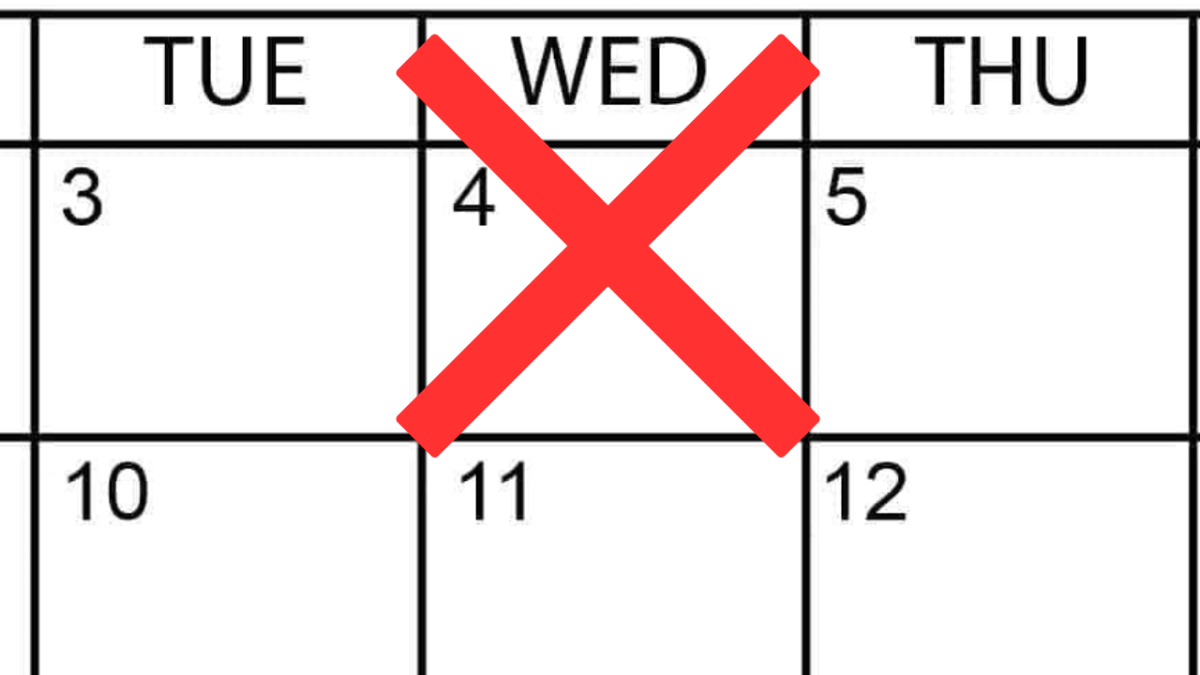



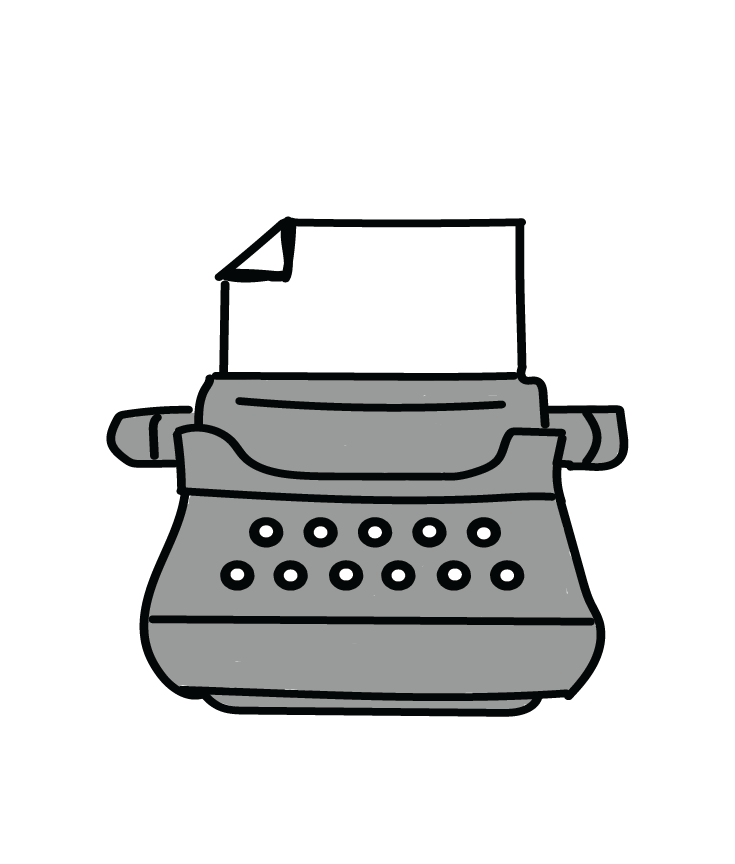
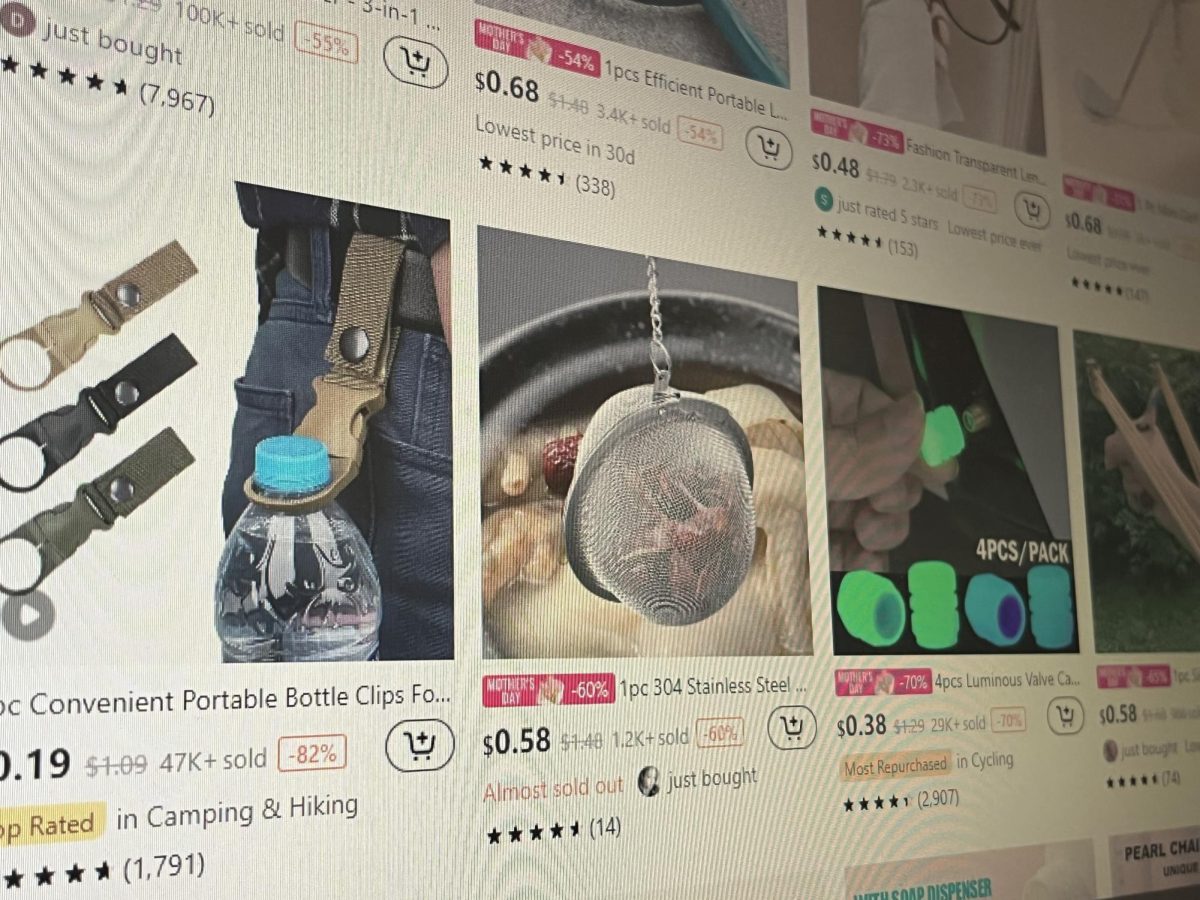





















![The teams prepare to start another play with just a few minutes left in the first half. The Lions were in the lead at halftime with a score of 27-0. At half time, the team went back to the locker rooms. “[We ate] orange slices,” Malos said. “[Then] our team came out and got the win.”](https://wlhsnow.com/wp-content/uploads/2023/10/IMG_2385-1200x800.jpg)
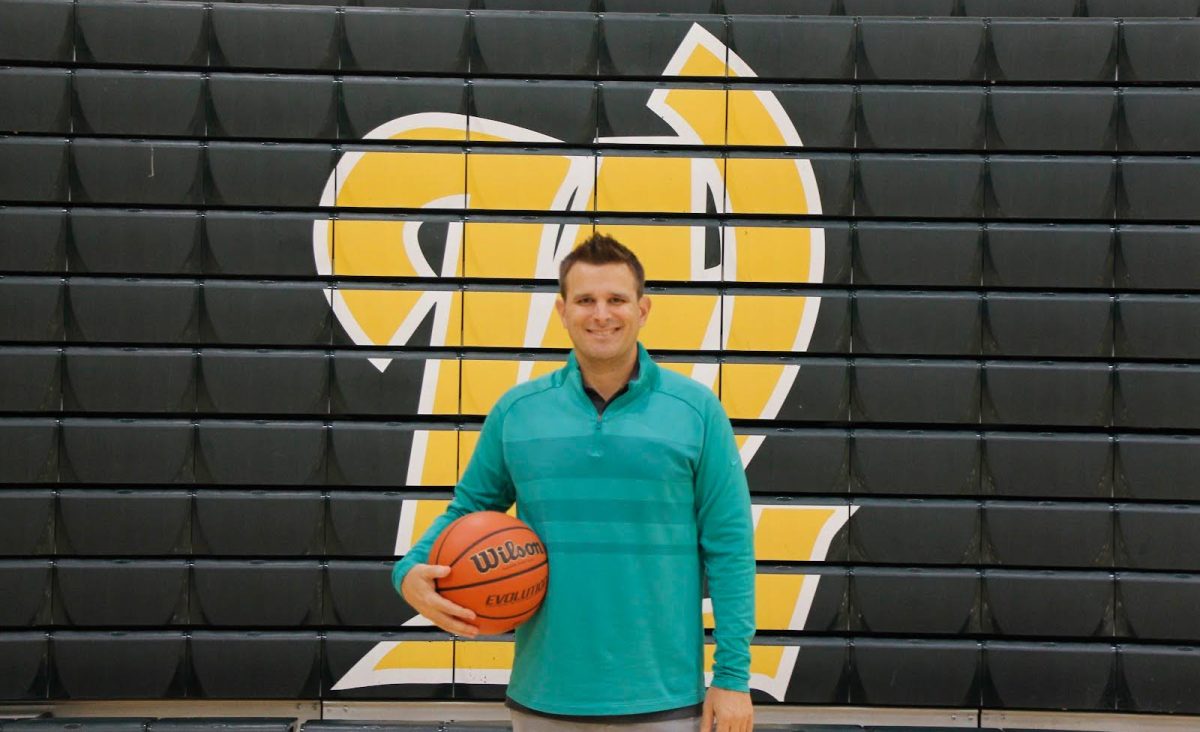







![At the bottom of the third inning, the Lions are still scoreless. Rowe stands at home plate, preparing to bat, while Vandenbrink stands off to the side as the next batter up. Despite having the bases loaded, the team was unable to score any runs. “It’s just the beginning of the season. We’re just going to be playing out best by June, [and] that’s where champions are,” Rowe said.](https://wlhsnow.com/wp-content/uploads/2024/03/IMG_3077-1200x900.jpg)








